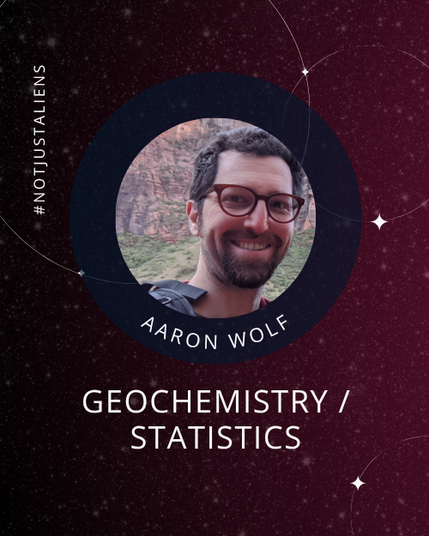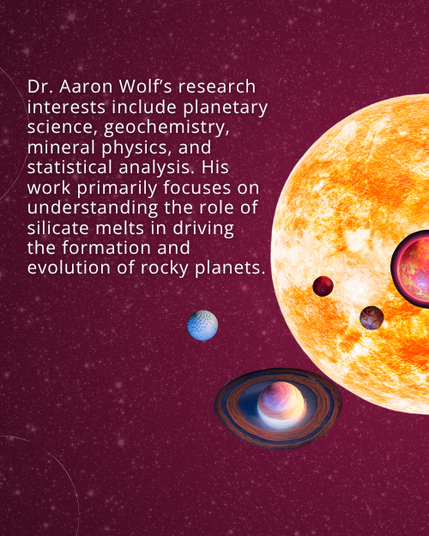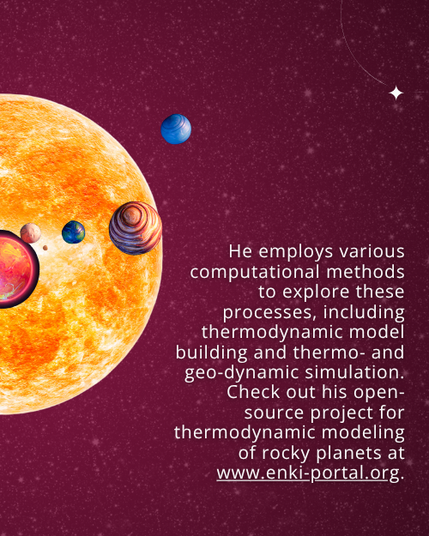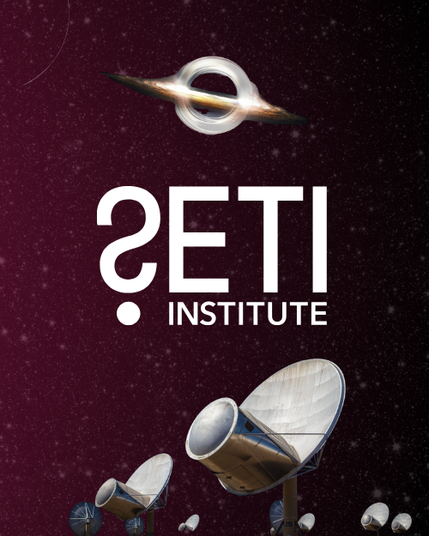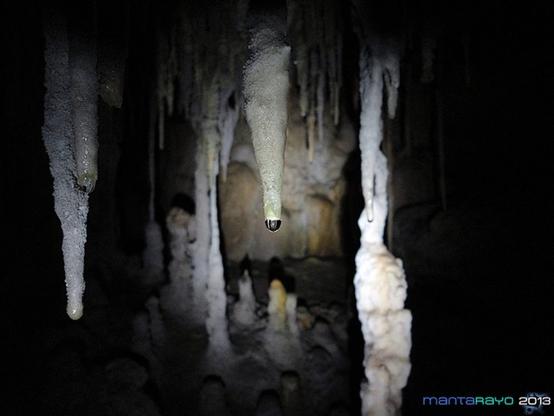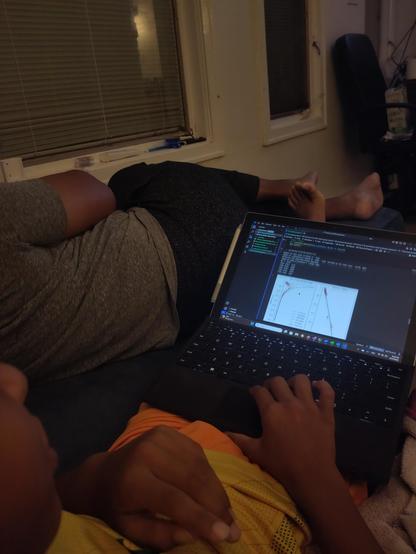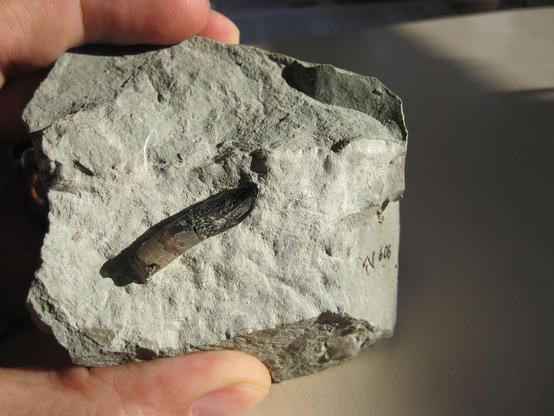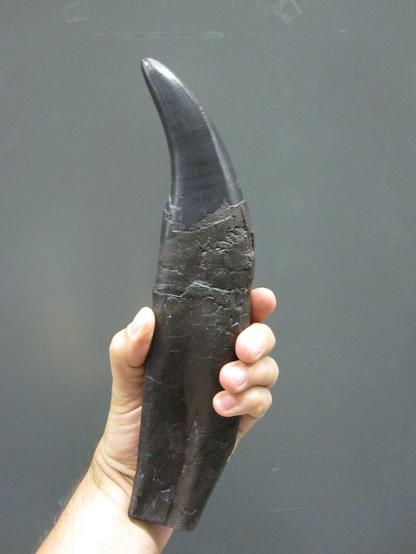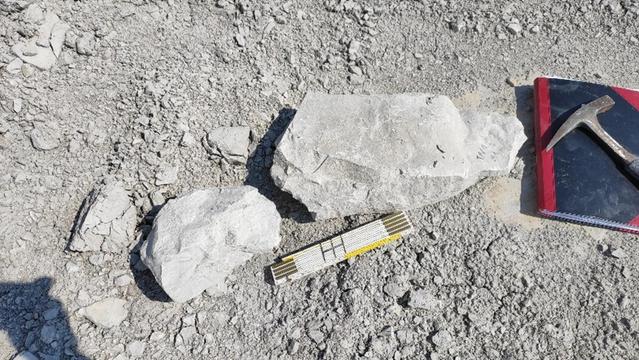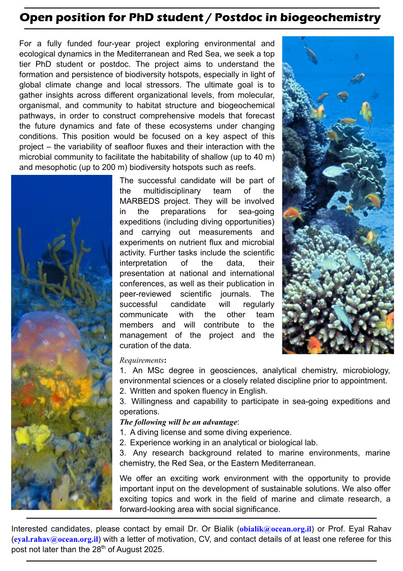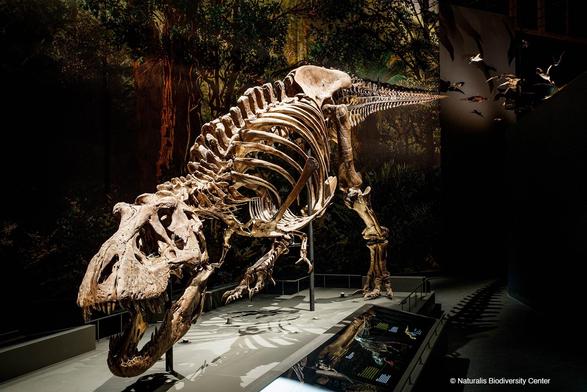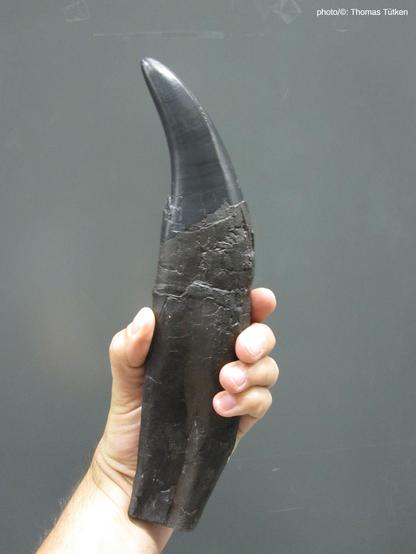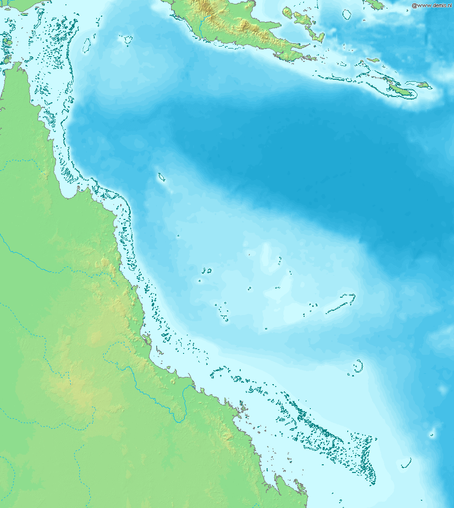Dr. Aaron Wolf’s research interests include planetary science, geochemistry, mineral physics, and statistical analysis. His work primarily focuses on understanding the role of silicate melts in driving the formation and evolution of rocky planets.
#geochemistry
🚨Job Alert! 🚨 Low-Temperature and/or Environmental #Geochemistry - Missouri State Univ #geology
https://jobs.missouristate.edu/postings/83379
'Geochemical re-evaluation supports cosmic impact rather than volcanism at Younger Dryas onset, Hall’s Cave, Texas: Reply to Sun et al. 2020' - a recent article published in "Airbursts and Cratering Impacts" on #ScienceOpen 📄🔗 https://www.scienceopen.com/hosted-document?doi=10.14293/ACI.2025.0007
Research Associate (PhD position) in #mineralogy at University of Hamburg #Germany #geochemistry #archaeology
Research on "thermally activated structural and chemical changes in phyllosilicates typical of clays, to develop a strategy for tracing the firing history and initial phase composition of cuneiform clay tablets (the earliest written artifacts in human civilizations)."
Had fun tonight introducing my son, 10 years old, to advection-diffusion modeling. This is for porewaters in Antarctic subglacial lake sediment. Advection is the movement of the porewaters (water between grains of sediment) through the sediment, and diffusion is the spreading out of chemicals dissolved in porewaters from high concentrations to low concentrations. I told him to pick some times of the sediment being in contact with seawater versus only ice melt (vastly different concentrations of salt), and to see which pair of times matched the data best. He played with different combinations for almost an hour, showing more interest than many of my graduate students!
What secrets lie hidden in the jaws of a dinosaur?
It turns out that the enamel of dinosaurs’ fossilized teeth contains oxygen isotopes that provide clues about the early Earth’s atmosphere. An international research team used their newly developed method to investigate the climate and photosynthesis during the age of the dinosaurs: https://www.uni-goettingen.de/en/3240.html?id=7874
Research in #PNAS: https://doi.org/10.1073/pnas.25043241
Chemical cycling (Biogeochemical cycle 🔄)
Chemical cycling describes systems of repeated circulation of chemicals between other compounds, states and materials, and back to their original state, that occurs in space, and on many objects in space including the Earth. Active chemical cycling is known to occur in stars, many planets and natural satellites. Chemical cycling play...
https://en.wikipedia.org/wiki/Chemical_cycling
#ChemicalCycling #Geochemistry #PlanetaryScience #BiogeochemicalCycle
Marine biogeochemical cycles (Biogeography 🌍)
Marine biogeochemical cycles are biogeochemical cycles that occur within marine environments, that is, in the saltwater of seas or oceans or the brackish water of coastal estuaries. These biogeochemical cycles are the pathways chemical substances and elements move through within the...
https://en.wikipedia.org/wiki/Marine_biogeochemical_cycles
#MarineBiogeochemicalCycles #Biogeography #Geochemistry #Oceanography #MarineOrganisms #SourceAttribution
Cosmic dust holds clues to Earth’s ancient atmosphere
Tiny particles of rock and metal have been raining down on our planet from space since time immemorial. An international research team discovered that these fossilized micrometeorites can help reconstruct the atmosphere of the past: https://www.uni-goettingen.de/en/3240.html?id=7871
Research in #CommunicationsEarth&Environment: https://doi.org/10.1038/s43247-025-02541-5
From @neiltsutsui on 🦋 2hrs ago:
We're hiring for a second position in my department this year! Assistant Professor in Environmental Geochemistry. https://aprecruit.berkeley.edu/JPF05078
____
Me:
#Environment #Geochemistry
Just a reminder that I have an open #research position on #geochemistry of benthic fluxes and #biodiversity hotspots that is waiting for someone. Come #dive into this one with me (possibly, also literally).
Contact me if you want more details.
Experiment will attempt to counter #climatechange by altering #ocean
“If we really want to have a shot at mitigating the worst effects of climate change, #carbon removal needs to start scaling to the point where it can supplement large-scale #emissions reductions,” said Adam Subhas, an associate scientist in marine #chemistry and #geochemistry at the #WoodsHole #Oceanographic Institution (#WHOI), who will oversee the week-long experiment.
https://arstechnica.com/science/2025/08/experiment-will-attempt-to-counter-climate-change-by-altering-ocean/
Dinosaur teeth as time capsules of climate data: New method to reconstruct carbon dioxide concentrations and global primary production from fossilized tooth enamel 👉 https://press.uni-mainz.de/dinosaur-teeth-as-time-capsules-of-climate-data/
#ClimateResearch #climate #palaeontology #dinosaur #TyrannosaurusRex #vertebrates #fossils #dinosaurs #paleontology #geochemistry #IsotopeGeology #OxygenIsotopes
Ocean acidification in the Great Barrier Reef (Oceanography 🌊)
Ocean acidification threatens the Great Barrier Reef by reducing the viability and strength of coral reefs. The Great Barrier Reef, considered one of the seven natural wonders of the world and a biodiversity hotspot, is located in Australia. Si...
https://en.wikipedia.org/wiki/Ocean_acidification_in_the_Great_Barrier_Reef
#OceanAcidificationInTheGreatBarrierReef #Carbon #Geochemistry #Oceanography #AquaticEcology #GreatBarrierReef
Pedosphere (Pedology 🟤)
The pedosphere 'ground, earth' and σφαῖρα 'sphere') is the outermost layer of the Earth that is composed of soil and subject to soil formation processes. It exists at the interface of the lithosphere, atmosphere, hydrosphere and biosphere. The pedosphere is the skin of the Earth and only develops when there is a dynamic interaction between the atmosphere, biosphere, lit...
BOGS 2025 is over. Prizes have been given for the Archie Douglas Award best oral presentation and also runner up oral and best and runner up poster presentation. Fear not, we will return and BOGS 2026 will be hosted at Sheffield Hallam sometime in July 2026... watch this space!
#BOGS2025 #BOGS2026 #OrganicGeochemistry #BioGeoChemistry #geochemistry
And now to the fifth and final scientific session of BOGS 2025. Presentations include: intra-crystalline protein decomposition in fossil shells, using constructed wetlands to address wastewater pollution and primary productivity at the Cretaceous-Paleogene boundary.
#BOGS2025 #OrganicGeochemistry #BioGeoChemistry #geochemistry
After an enjoyable happening last night, the second day and fourth session of BOGS 2025 includes presentation on: wild resource exploitation in Neolithic Europe using biomolecules, oxytetracycline removal from wastewater, understanding coral reef collapse from biomarkers and effect of agricultural plastics on microbial communities.
#BOGS2025 #OrganicGeochemistry #BioGeoChemistry #geochemistry
For the final BOGS 2025 presentation of the day, we have a plenary given by Gordon Inglis - Hopane for the best: developing novel geochemical proxies using bacterial hopanoids.
#BOGS2025 #OrganicGeochemistry #BioGeoChemistry #geochemistry
